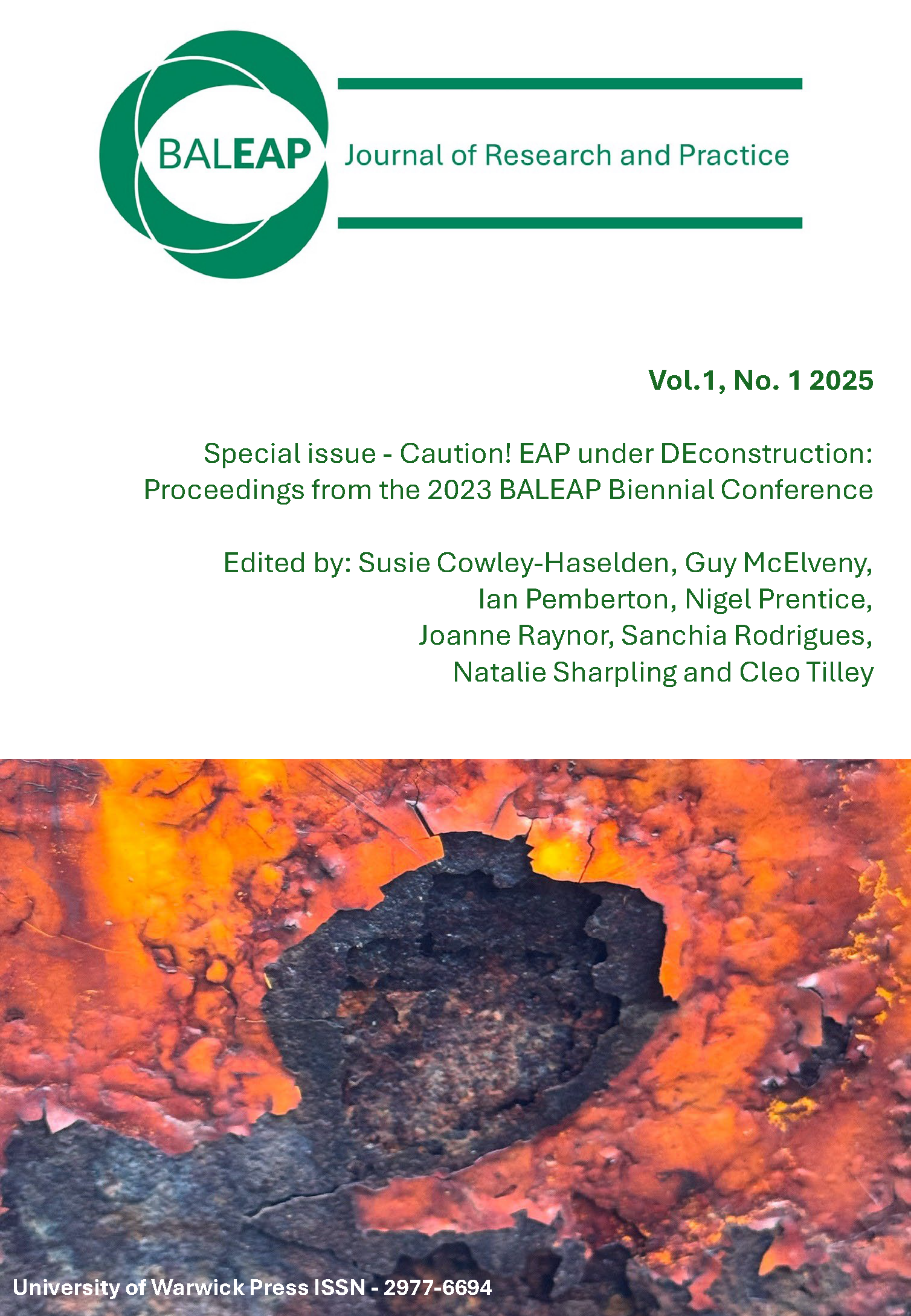Abstract
This paper deconstructs EAP's preoccupation with reducing academic reading to skills and strategies, arguing that Academic Reading is social interaction.
The purpose of this research was to uncover ways in which conceptually complex academic reading can be approached more meaningfully as part of ESAP (English for Specific Academic Purposes) programmes in our digital, hybrid and blended learning environments, by both practitioners and students.
Some notions of what are often referred to as ‘academic reading skills’ in EAP are challenged (e.g. Grabe & Stoller, 2019; Newton et al. 2018). Regarding these academic reading skills and strategies, the primary objective seems to be the understanding or navigating of a text as an object or artefact, as opposed to reading as an interaction with a text, where the reader constructs meaning through a combination of resources (Bull & Anstey, 2019). In line with the latter perspective on reading as a social interaction, findings from a project undertaken in 2021 are reported, along with more recent and interrelated findings from a scholarship project with an International Foundation Year programme, exploring how EAP practitioners can help students uncover tacit knowledge when interpreting and interacting with new ideas and concepts in their disciplinary reading. These studies involved qualitative analysis of questionnaires and follow up semi-structured interview responses from some students and their EAP tutors. In brief, to access conceptual knowledge, students must combine multimodal literacy with other language-related competencies, such as grammatical and discourse competence (Kress, 2003). This ‘semiotic mediation’ (Coffin & Donohue, 2014 p. 24) is a crucial aspect of academic disciplinary reading and implications include considerations of ways we can potentially draw more meaningfully on affordances provided by complementary modes for this reading both inside the classroom and as a guide for students’ independent study.
By recognising the linguistic repertoire as one of many semiotic resources available for meaning making, suggestions are made for approaching disciplinary reading for our current and future teaching and learning spaces.

This work is licensed under a Creative Commons Attribution 4.0 International License.
Copyright (c) 2025 Jody Bradford (Author)

